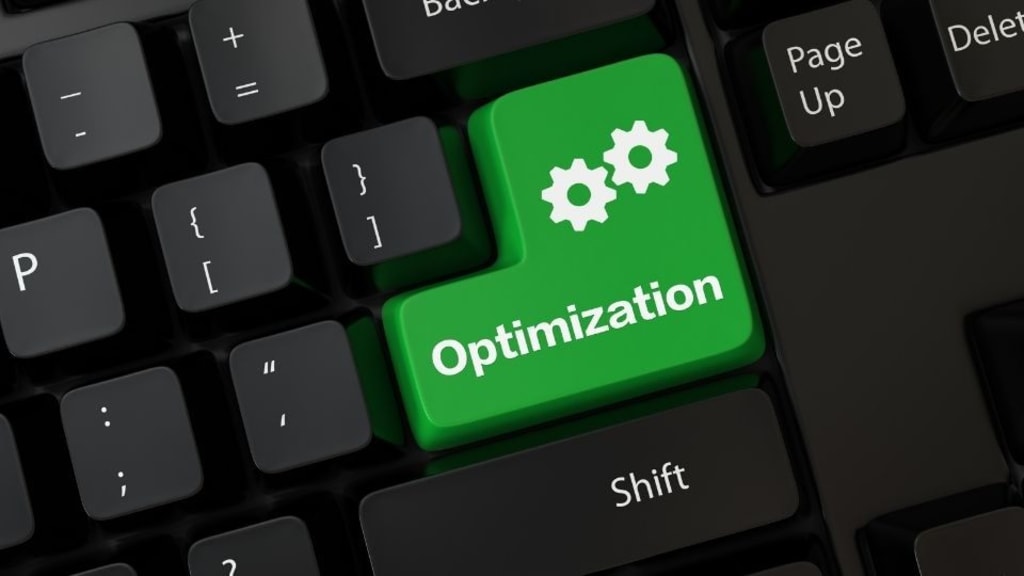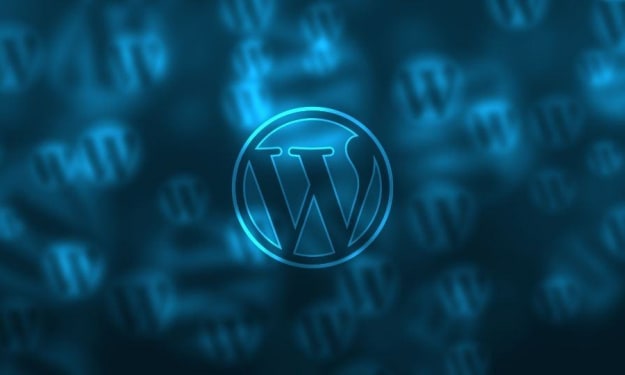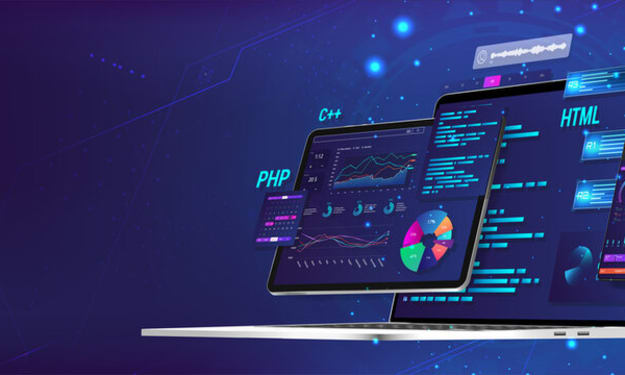How to optimize my computer's performance?
A Comprehensive Guide to Optimizing Your Computer's Performance, from Removing Unnecessary Programs and Files to Upgrading Your Hardware Components and Adjusting Your Computer's Visual Effects

As computers age, they tend to slow down, which can be frustrating for users who rely on their devices to complete tasks quickly and efficiently. Fortunately, there are several steps you can take to optimize your computer's performance and ensure it runs smoothly. In this article, we will explore how to optimize your computer's performance.
Step 1: Remove Unnecessary Programs and Files
One of the most effective ways to optimize your computer's performance is to remove unnecessary programs and files. Over time, your computer can accumulate a large number of files and programs that take up valuable space on your hard drive and slow down your computer.
To remove unnecessary programs and files, you can use the built-in Disk Cleanup tool on Windows or the Optimized Storage feature on macOS. You can also use third-party software, such as CCleaner, to clean up your computer and free up space.
Step 2: Update Your Operating System and Drivers
Another way to optimize your computer's performance is to update your operating system and drivers. Operating system updates often contain security patches and performance improvements that can help your computer run faster and smoother. Similarly, driver updates can improve the performance of your hardware components, such as your graphics card and sound card.
To update your operating system, you can use the built-in software update tool on Windows or macOS. To update your drivers, you can use the device manager on Windows or the software update tool on macOS.
Step 3: Defragment Your Hard Drive
Defragmenting your hard drive can also improve your computer's performance. Over time, files on your hard drive can become fragmented, which means that they are split into smaller pieces and scattered across the drive. This can slow down the performance of your computer, as it takes longer for the computer to access these files.
To defragment your hard drive, you can use the built-in Disk Defragmenter tool on Windows. On macOS, you do not need to defragment your hard drive, as the operating system automatically optimizes file storage.
Step 4: Adjust Your Computer's Visual Effects
Your computer's visual effects, such as animations and transparency effects, can also affect its performance. Disabling or reducing these effects can help your computer run faster and smoother.
To adjust your computer's visual effects on Windows, you can go to the Performance Options menu in the System Properties. On macOS, you can adjust the visual effects in the Accessibility menu in the System Preferences.
Step 5: Upgrade Your Hardware Components
If your computer is still slow after performing the above steps, it may be time to upgrade your hardware components. Upgrading your computer's RAM or storage drive can significantly improve its performance and speed.
To upgrade your computer's hardware components, you can consult the user manual or contact the manufacturer for guidance. You can also take your computer to a professional technician to perform the upgrades.
Step 6: Scan for Viruses and Malware
Viruses and malware can also slow down your computer's performance and cause other problems, such as data loss and identity theft. Scanning your computer for viruses and malware can help you identify and remove these threats.
To scan your computer for viruses and malware, you can use a reputable antivirus software, such as Norton or McAfee. You can also use the built-in Windows Defender on Windows or the Gatekeeper feature on macOS.
Step 7: Disable Startup Programs
Startup programs are programs that automatically start when you turn on your computer. These programs can slow down your computer's startup time and performance. Disabling unnecessary startup programs can help your computer start up faster and run smoother.
To disable startup programs on Windows, you can use the Task Manager or the System Configuration tool. On macOS, you can use the Login Items feature in the Users & Groups menu in the System Preferences.
Step 8: Clear Your Browser Cache and Cookies
Clearing your browser cache and cookies can also improve your computer's performance. Over time, your browser can accumulate a large amount of data, such as website images and files, that can slow down your browsing speed.
To clear your browser cache and cookies, you can go to the browser settings or preferences menu and select the option to clear browsing data. You can also use third-party browser extensions, such as CCleaner or CleanMyMac, to clean up your browser data.
Step 9: Use a Registry Cleaner
The Windows registry is a database that stores configuration settings and options for the operating system and applications. Over time, the registry can become cluttered with old and outdated entries that can slow down your computer's performance.
Using a registry cleaner can help you identify and remove unnecessary entries from the Windows registry. However, be cautious when using registry cleaners, as they can sometimes remove important entries that can cause system errors.
Step 10: Optimize Your Computer for Performance
Finally, you can optimize your computer for performance by adjusting the power settings and disabling unnecessary features. For example, you can set your computer to high performance mode to prioritize performance over energy savings. You can also disable features such as Windows Aero and sidebar gadgets to improve your computer's performance.
To optimize your computer for performance on Windows, you can use the Power Options menu in the Control Panel. On macOS, you can adjust the energy saver settings in the System Preferences.
Optimizing your computer's performance requires regular maintenance and upkeep. By following the steps outlined in this article, you can remove unnecessary programs and files, update your operating system and drivers, defragment your hard drive, adjust your computer's visual effects, upgrade your hardware components, scan for viruses and malware, disable startup programs, clear your browser cache and cookies, use a registry cleaner, and optimize your computer for performance. By taking a proactive approach to computer maintenance, you can ensure that your computer runs smoothly and efficiently.
About the Creator
Gokhan Polard
As an experienced ERC Referral Specialist, my primary dedication lies in assisting businesses in the journey towards financial success. https://ercsolutionshub.com/
Enjoyed the story? Support the Creator.
Subscribe for free to receive all their stories in your feed. You could also pledge your support or give them a one-off tip, letting them know you appreciate their work.






Comments
There are no comments for this story
Be the first to respond and start the conversation.